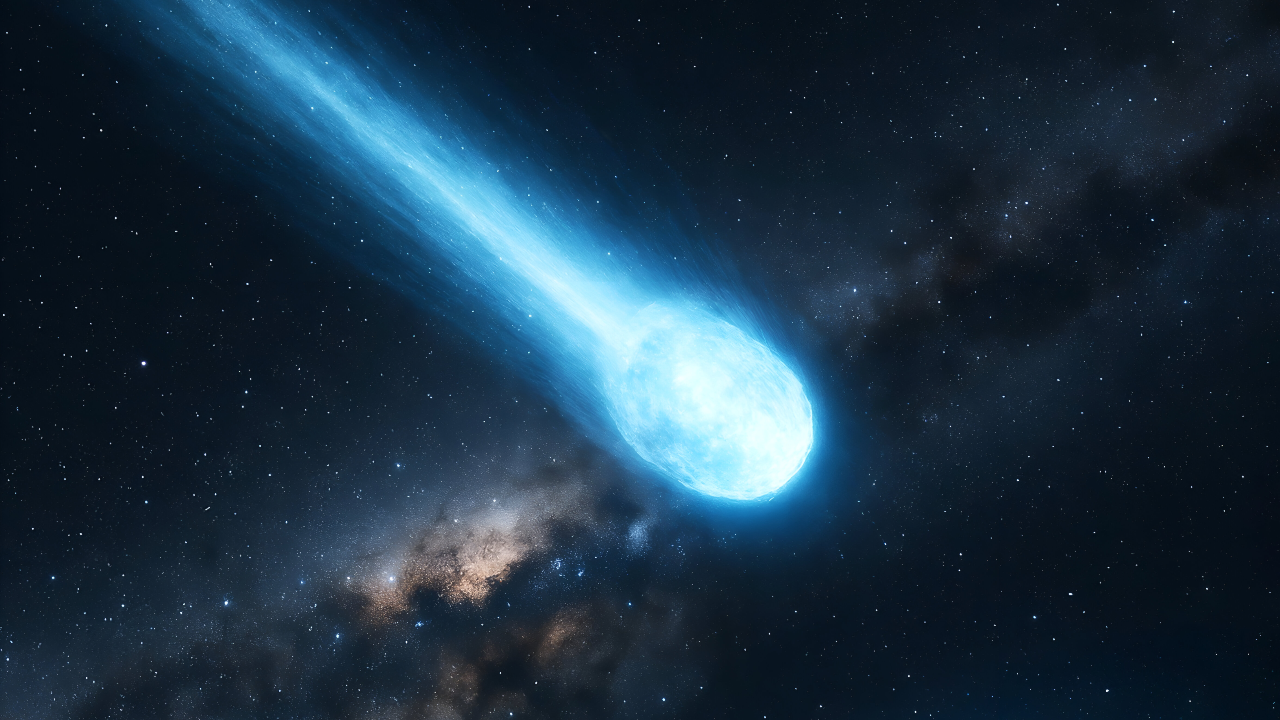
Scientists got their first glimpse of something extraordinary on July 1, 2025. A special telescope called ATLAS, located in Chile and backed by NASA, spotted an unusual object moving through space. Within a day, the Minor Planet Center officially confirmed what made this discovery so historic: this comet came from outside our solar system. Think of it like finding a visitor from another country who knocked on your door unexpectedly.
Named 3I/ATLAS, this interstellar comet became only the third object ever confirmed to have come from beyond our cosmic neighborhood. Previous visitors were 1I/ʻOumuamua and 2I/Borisov. Each discovery teaches us something new about the universe. This one, however, would turn out to be the most puzzling yet.
Losing Material at an Impossible Rate
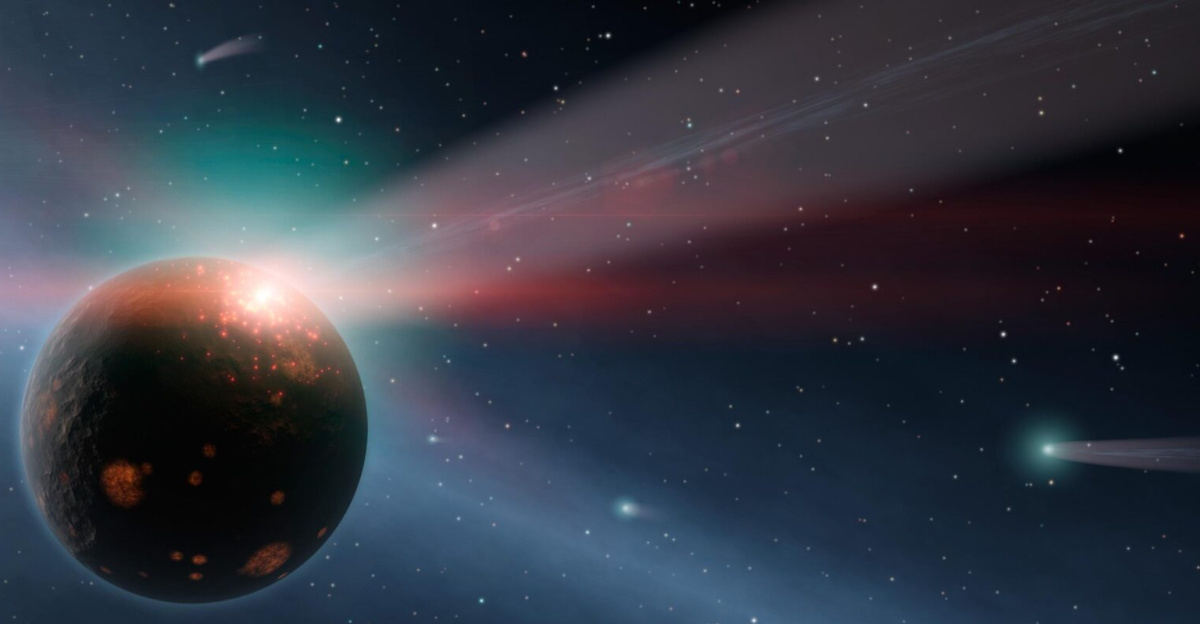
Here’s where things got truly shocking. Observations revealed that 3I/ATLAS was shedding an estimated 5 billion tons of material every single month. To put that in perspective, it’s like a mountain disappearing into thin air. This rate far exceeded what scientists expected for a comet of its size and distance from the Sun.
Normally, a comet loses material slowly as the Sun’s heat melts its icy surface. But 3I/ATLAS was behaving like a cosmic sprinkler, throwing off jets of material that extended millions of kilometers into space. The Hubble Space Telescope captured images showing these massive jets shooting outward with incredible power. Something wasn’t adding up. The energy required to eject so much material seemed far too great.
The Comet’s Path Through Our Solar System
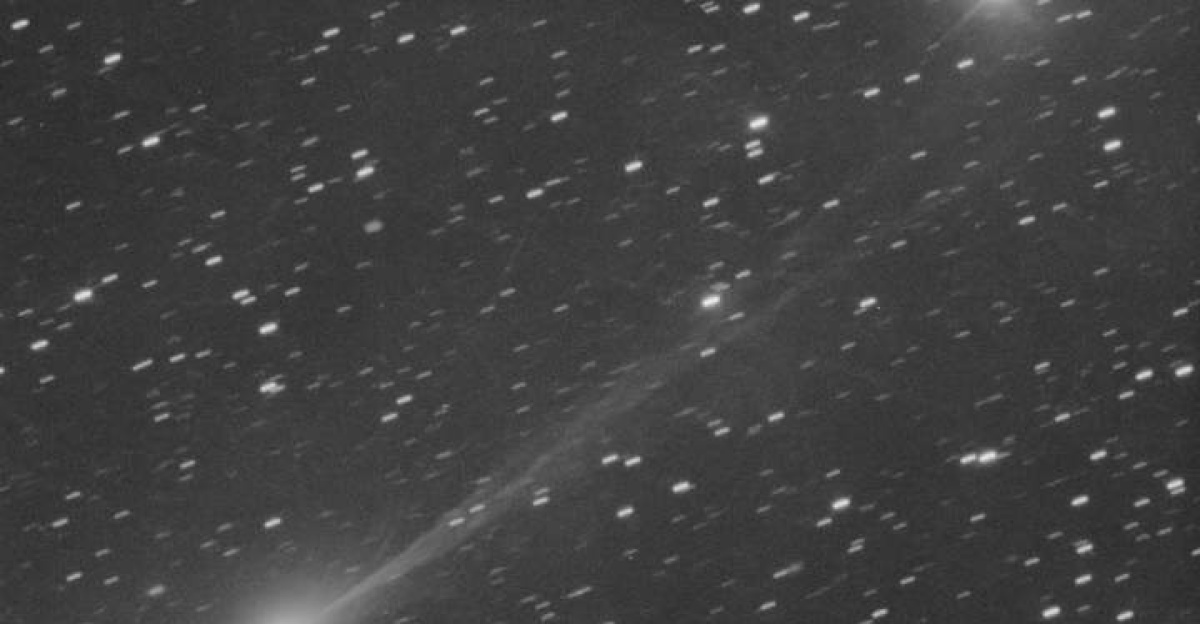
As 3I/ATLAS traveled deeper into our solar system, its strange behavior became even more pronounced. In early October 2025, the comet passed near Mars, offering both NASA and the European Space Agency a rare opportunity to gather data from their Mars orbiters in orbit around the Red Planet. The closest approach to the Sun, called perihelion, occurred on October 29, 2025, at a distance of 1.36 AU (astronomical units).
One AU equals the distance from Earth to the Sun, about 93 million miles. This meant the comet came closer to the Sun than we do, yet didn’t enter the scorching inner solar system. As it approached this critical point, the jets and coma, the glowing cloud of material surrounding the nucleus, became increasingly active. It was as if the comet was throwing a tantrum as it neared our star.
The Theory That Changed Everything

On November 15, 2025, Harvard astrophysicist Avi Loeb made a stunning announcement. After analyzing the data, he concluded that 3I/ATLAS’s mass loss and jet activity could not be explained by ordinary natural processes. The energy required was between four and nine times greater than what the Sun’s heat could possibly provide. This was the bombshell that captured global attention.
Loeb didn’t claim he had proof of anything extraordinary, but he presented a provocative possibility worth considering. He suggested that technological propulsion systems, imagine a spacecraft with powerful engines, could create the observed effects. Some scientists called him visionary while others criticized him for speculating too far beyond the evidence.
Scientists Around the World Unite
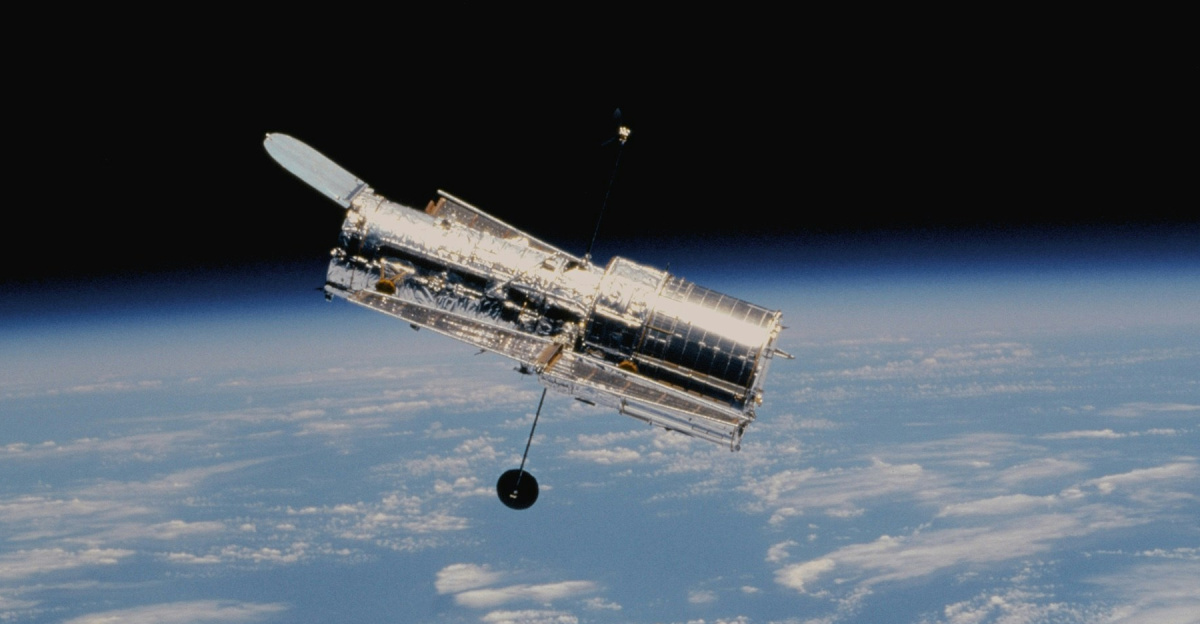
The discovery of 3I/ATLAS sparked an unprecedented global scientific collaboration. NASA, the European Space Agency (ESA), and ground-based observatories across the planet coordinated their efforts with remarkable efficiency. The Hubble Space Telescope provided high-resolution images that revealed fine details of the comet’s structure and jets. The James Webb Space Telescope, Earth’s most advanced observatory, contributed infrared observations that helped scientists understand the comet’s composition and temperature.
Meanwhile, the Vera Rubin Observatory tracked subtle changes in the comet’s coma and tail over time. China’s Tianwen-1 Mars orbiter added valuable international perspective, demonstrating that this mystery belonged to all humanity, not just Western nations. NASA’s Hubble Mission Team and the ATLAS survey group took leadership roles, coordinating data sharing and analysis.
Something Fell Apart in Space
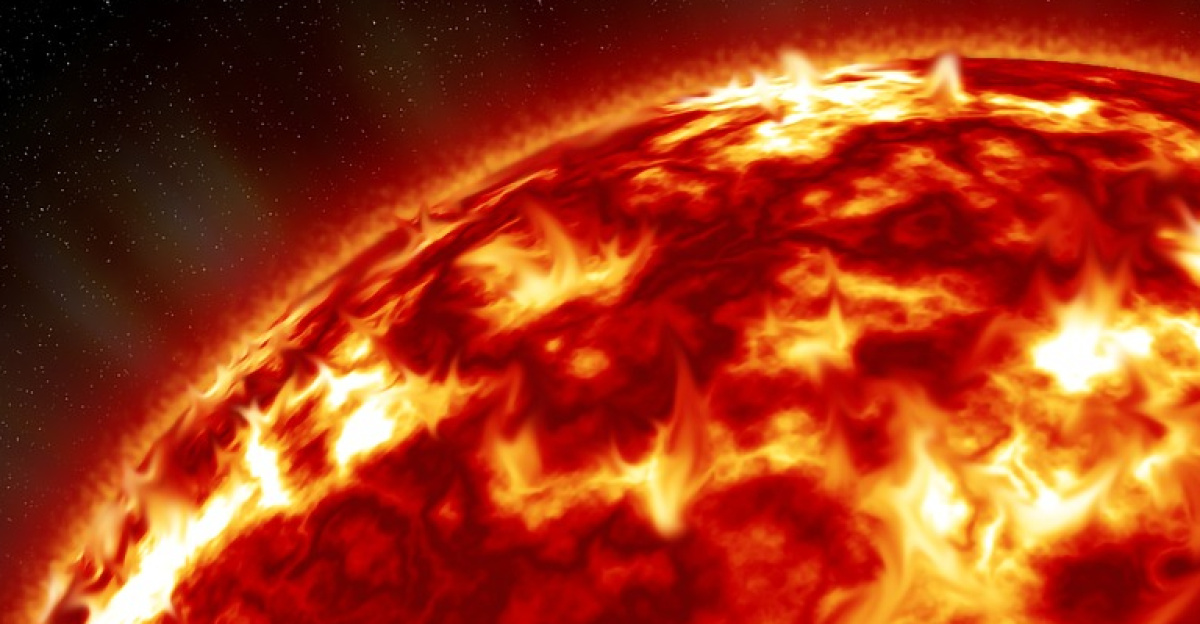
Recent analysis of telescope data suggests that 3I/ATLAS may have fragmented into at least a dozen pieces near its closest approach to the Sun. Imagine a cosmic building breaking apart during an earthquake. This breakup could partially explain the dramatic surge in surface area and the escalating mass loss that scientists observed.
When a comet fragments, more material becomes exposed to the Sun’s heat, potentially increasing sublimation, the process where ice turns directly into gas. However, this explanation alone doesn’t fully account for the energy involved. Even with more surface area, the amount of material being ejected still seemed to exceed natural expectations.
Scientists Disagree, And That’s Good

Within the astronomical community, opinions are sharply divided about what 3I/ATLAS really is. One camp argues that exotic natural explanations provide sufficient answers. These researchers point to the possibility of volatile-rich composition, special ices we haven’t seen before that could release energy more readily than standard cometary material. Others suggest unique outgassing processes or rare molecular combinations that could generate the observed effects through purely natural mechanisms.
Then there’s the camp led by researchers like Avi Loeb, who openly consider unconventional possibilities. While they don’t claim artificial propulsion is the answer, they argue it shouldn’t be dismissed without evidence. They believe science thrives when we ask bold questions.
Racing Against the Clock

There’s an urgency permeating the scientific community these days. 3I/ATLAS is now receding from the Sun, moving away from our solar system. The window for direct observation and detailed study is rapidly closing. This extraterrestrial visitor will not return. Soon it will retreat into the darkness of interstellar space, beyond the reach of even our most powerful telescopes.
Astronomers are literally racing against time to collect final observations before it becomes too faint to study. Every moment counts. Each night of clear skies represents a precious opportunity. Teams coordinate telescope time with military precision, knowing that weeks or months from now, they may lose their chance entirely. This window closure raises the stakes enormously for any final discoveries. Whatever mysteries remain about 3I/ATLAS must be solved during this narrow timeframe.
The Fastest Visitor Yet

When scientists calculated the trajectory of 3I/ATLAS, they discovered something remarkable: this comet is traveling faster and with more energy than any interstellar object ever recorded. Its hyperbolic trajectory, the curved path it takes through our solar system, has an eccentricity of 6.1, which is extraordinarily high. For context, previous interstellar visitors had lower eccentricity values.
This measurement tells us the comet isn’t following a circular or elliptical path but rather a dramatic hyperbola, like a meteor streaking across the sky but on a vastly larger scale. The extreme velocity suggests enormous energy. Each comet tells a different story about the universe beyond our solar system. This one’s story involves remarkable speed, energy, and behavior that defies easy explanation.
New Rules for Space Visitors

The case of 3I/ATLAS has prompted international agencies to accelerate their plans for handling future interstellar objects. NASA and the European Space Agency are now developing more sophisticated rapid-response capabilities. They’re discussing new joint frameworks for sharing data instantly when an interstellar object is detected. The goal is to coordinate observations and research across national boundaries more efficiently than ever before.
The Vera Rubin Observatory’s early detection capabilities have gained new recognition as critical tools for this mission. This observatory can scan large sections of the sky each night, potentially spotting new interstellar visitors faster than previous technology allowed. Agencies are reviewing their protocols and considering investment in systems that would enable swift, international responses to future anomalies.
Is Our Planet Safe?

The unprecedented activity of 3I/ATLAS has raised important questions about planetary protection. Space agencies responsible for keeping Earth safe have begun reviewing existing protocols. These guidelines were developed to prevent contamination from other worlds and protect other worlds from Earth’s microbes. But do they adequately address the challenges posed by highly active interstellar objects?
NASA’s Science Division and similar agencies worldwide are taking these questions seriously. They’re evaluating whether existing planetary protection protocols need updating in light of observations from 3I/ATLAS. While 3I/ATLAS didn’t pose a collision threat to Earth, future interstellar visitors might behave differently.
The Future of Interstellar Research
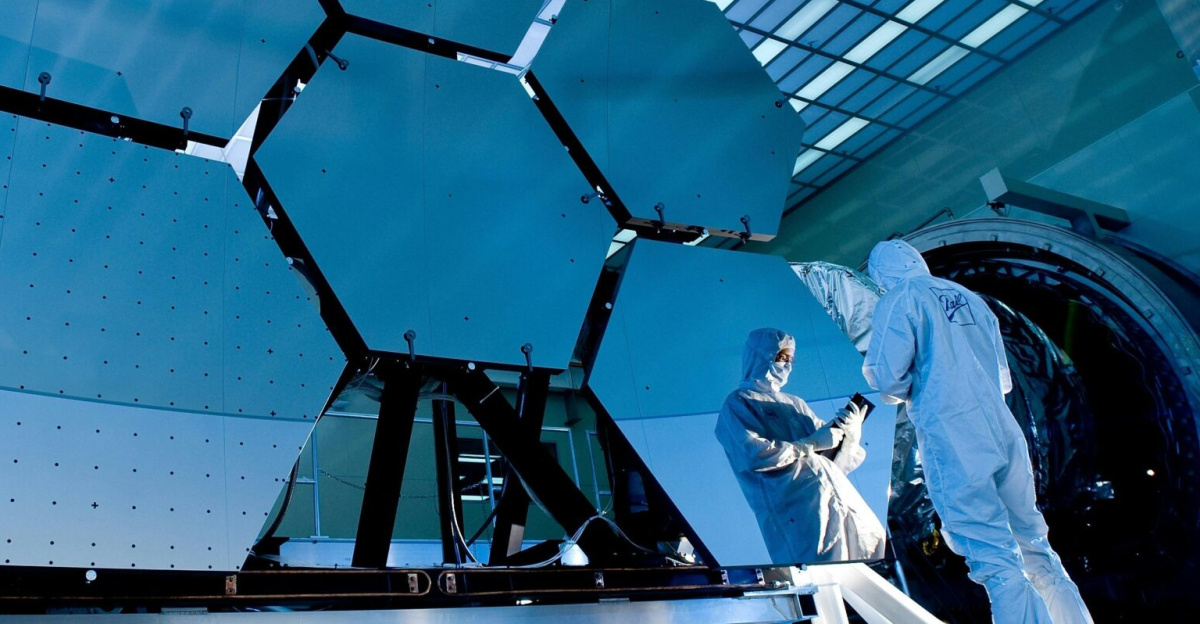
The 3I/ATLAS event is catalyzing changes in how we approach interstellar research. Space agencies are now considering rapid-response missions to future interstellar objects, something rarely attempted before. These would involve quickly dispatching spacecraft to gather close-up data before an object passes through our solar system. Imagine being able to launch a scientific probe to intercept a cosmic visitor, this is becoming more feasible with advancing technology.
Investment is increasing in detection systems like the Vera Rubin Observatory, which can identify new objects quickly. Telescope technology continues improving, giving us better tools to study distant phenomena. International partnerships are strengthening, with nations recognizing that cosmic mysteries transcend borders. Universities and research institutions worldwide are prioritizing interstellar object studies.
Why Does Everyone Care?
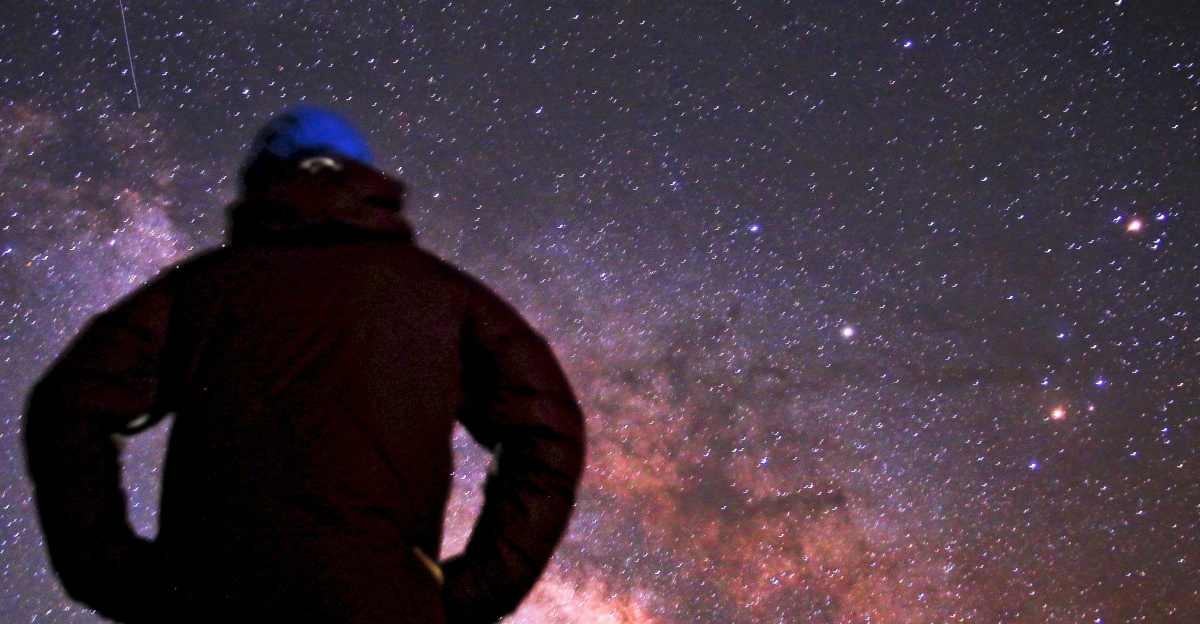
Beyond the laboratory and observatory, 3I/ATLAS has captured public imagination in remarkable ways. Media coverage has been extensive, with stories reaching audiences worldwide. Public fascination with the comet has reignited ancient questions about extraterrestrial life and technology. Social media discussions often explore the possibility of artificial propulsion, reflecting humanity’s enduring curiosity about cosmic mysteries.
This public engagement represents something important: science isn’t confined to academic institutions. When discoveries touch fundamental questions about our place in the universe, they inspire wonder across society. The boundaries between natural science and philosophical inquiry have become blurred in the minds of many who follow the 3I/ATLAS story.
Not Everyone Agrees And That’s Important

Skepticism remains healthy and important in the scientific response to 3I/ATLAS. Many comet specialists emphasize that extraordinary claims require extraordinary evidence. They point out that we lack direct proof of anything unusual, only observations that don’t fit current models perfectly. These skeptics aren’t being closed-minded; they’re being scientifically rigorous.
They argue that science history shows us numerous examples where apparent anomalies were eventually explained through natural processes we simply hadn’t considered. They stress the importance of exhausting conventional explanations before entertaining unconventional ones. Some researchers note that our understanding of cometary composition and behavior continues to evolve. Perhaps future discoveries about comet physics will reveal natural mechanisms capable of producing the observed effects from 3I/ATLAS.
Teamwork Across Nations
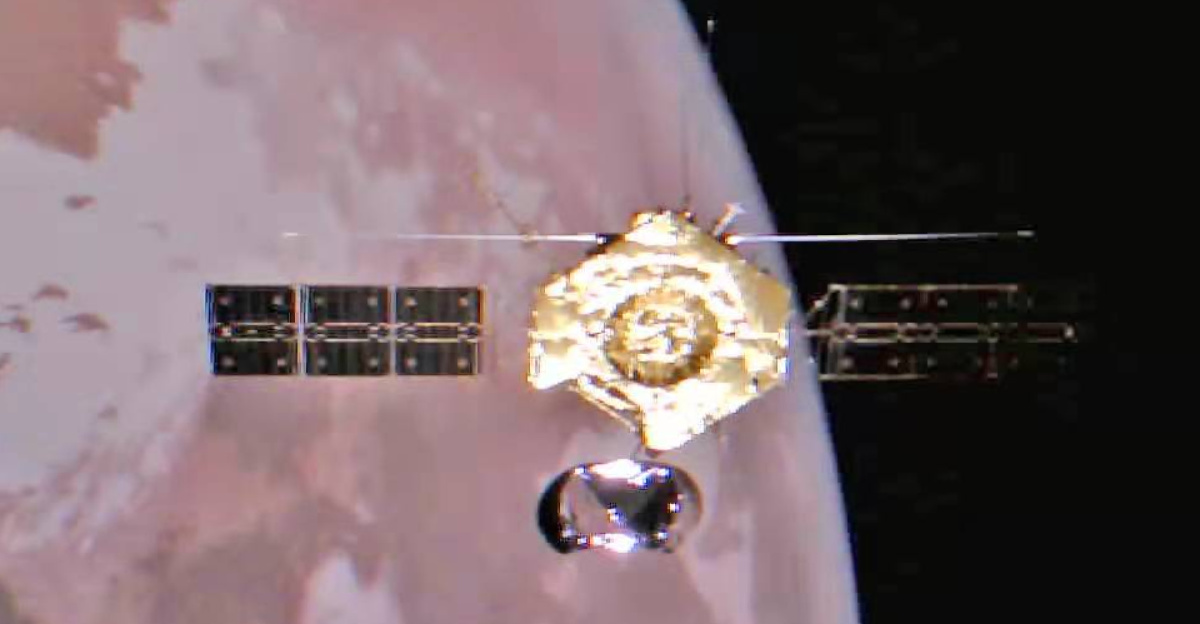
The study of 3I/ATLAS exemplifies how science transcends national boundaries when confronted with genuine mysteries. Interest extends far beyond the United States and Europe. China’s Tianwen-1 Mars orbiter contributed valuable observations from its position in orbit around the Red Planet. Researchers from multiple continents collaborated on data analysis and interpretation.
Japanese observatories added their own observations. Indian space agencies participated in the global effort. This truly international response demonstrates that interstellar research belongs to all humanity. Scientists who might rarely interact due to geographic distance worked together toward common goals. Funding agencies recognized the importance and allocated resources accordingly.
Where Does the Power Come From?

The central mystery of 3I/ATLAS centers on energy: Where does the power come from to eject billions of tons of material each month? Scientists have explored several possibilities. First, the Sun’s thermal energy: Solar heating causes ice in comets to sublimate, releasing material. However, calculations suggest solar heating alone cannot provide enough energy for the observed jets.
If advanced technology were involved, it could generate the observed energy. This remains speculative and unproven. Each possibility is being investigated through data analysis and computer modeling. Scientists continue gathering observations that might provide clues pointing toward the actual explanation.
Strange Discoveries Throughout History
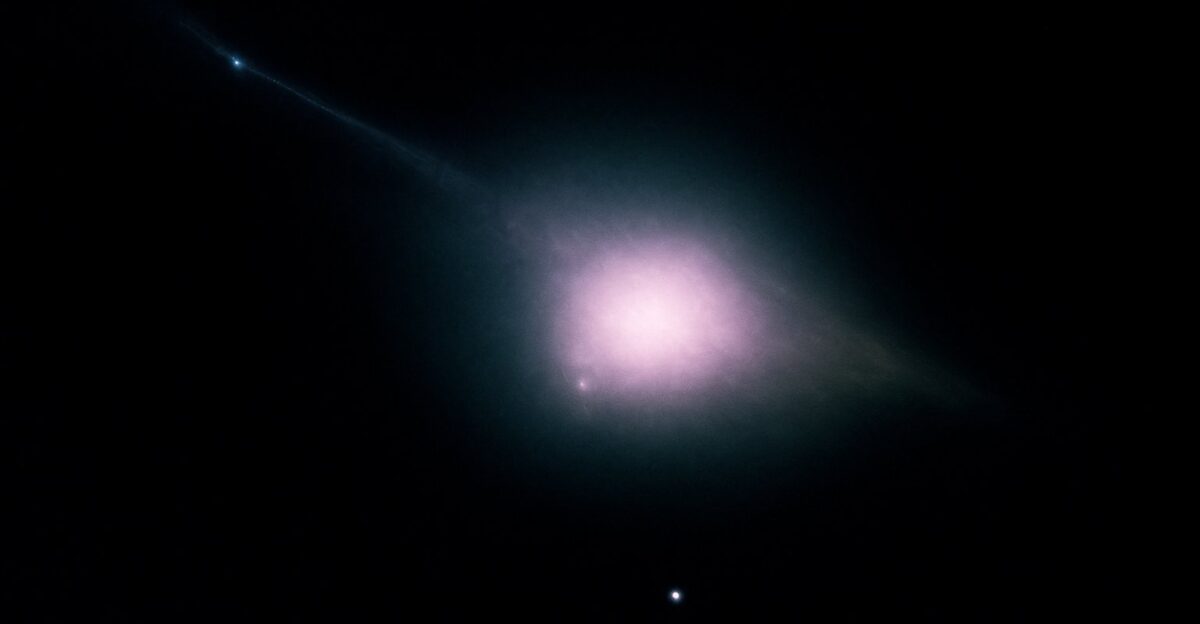
The 3I/ATLAS situation echoes historical moments when new discoveries challenged existing scientific paradigms. When gamma-ray bursts were first detected from space, astronomers debated their nature for decades before reaching consensus. When pulsars were discovered, initial wonder about artificial signals quickly gave way to understanding natural astrophysical processes.
When gravitational waves were finally detected after a century-long search, it took multiple confirmations before the scientific community fully embraced them. Each of these discoveries forced science to expand its understanding of what nature could produce.
What This Means for Humanity

Whether 3I/ATLAS has a natural or novel explanation, it prompts us to confront fundamental questions about our cosmic context. Are we alone in the universe? Given the billions of galaxies and trillions of planets, the statistics suggest life might exist elsewhere. Could advanced civilizations be out there, separated from us by vast distances?
If so, might we eventually detect signs of their technology? These questions no longer seem purely philosophical, they’re becoming scientific inquiries. The study of interstellar objects contributes to what researchers call astrobiology and the search for extraterrestrial intelligence. Each mysterious phenomenon challenges us to expand our scientific frameworks. Humanity stands at an inflection point in cosmic exploration.
The Mystery Continues

The saga of 3I/ATLAS marks a turning point in how humanity studies the cosmos. Whether this interstellar visitor carries a natural explanation or hints at something we’ve never encountered before, its impact on science is undeniable.